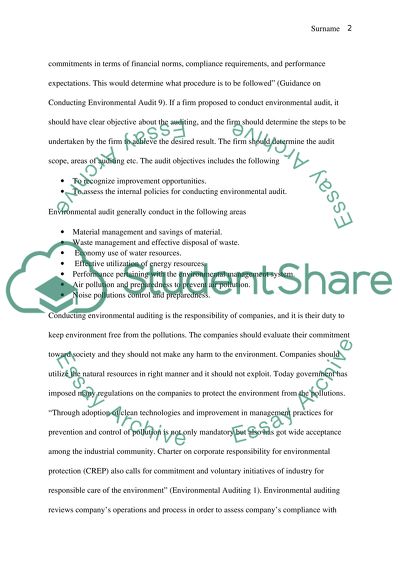Cite this document
(“Environmental Audit Term Paper Example | Topics and Well Written Essays - 2000 words”, n.d.)
Retrieved de https://studentshare.org/finance-accounting/1392102-environmental-audit
Retrieved de https://studentshare.org/finance-accounting/1392102-environmental-audit
(Environmental Audit Term Paper Example | Topics and Well Written Essays - 2000 Words)
https://studentshare.org/finance-accounting/1392102-environmental-audit.
https://studentshare.org/finance-accounting/1392102-environmental-audit.
“Environmental Audit Term Paper Example | Topics and Well Written Essays - 2000 Words”, n.d. https://studentshare.org/finance-accounting/1392102-environmental-audit.


